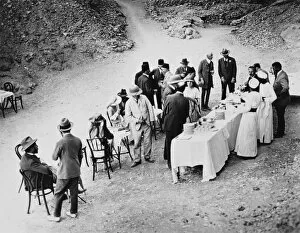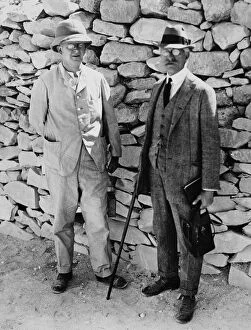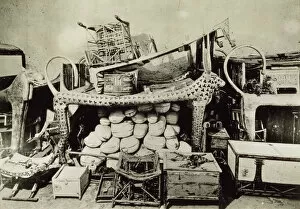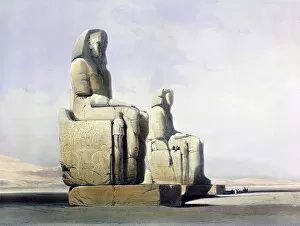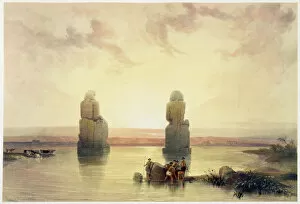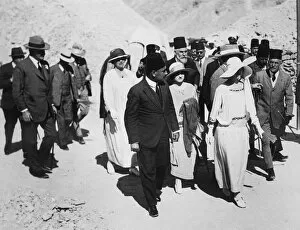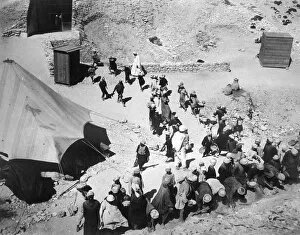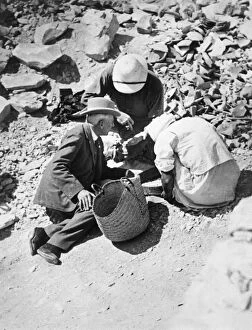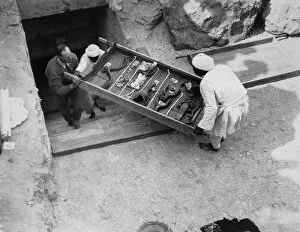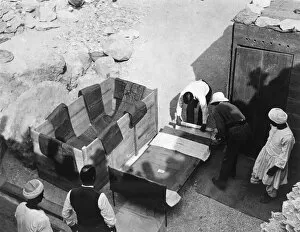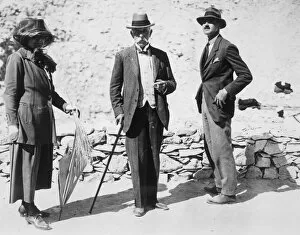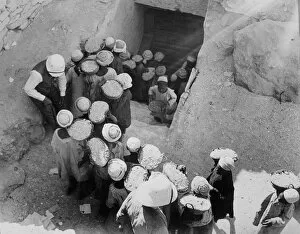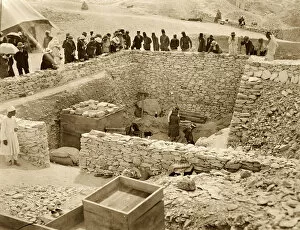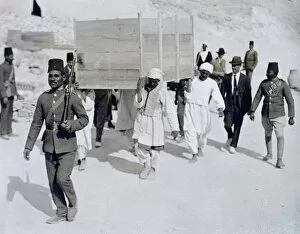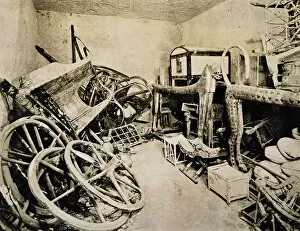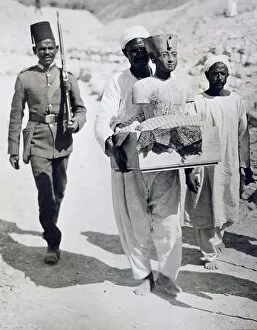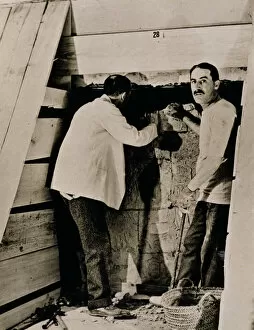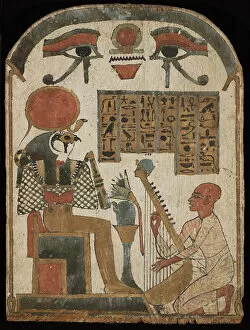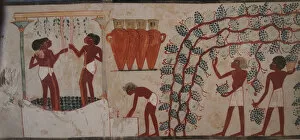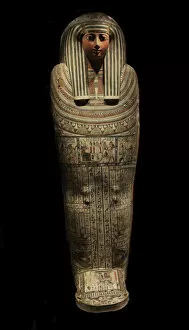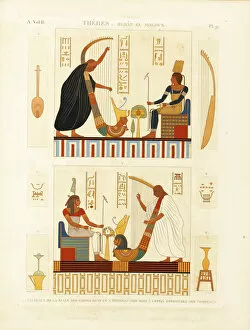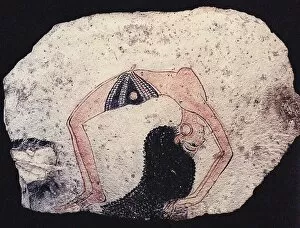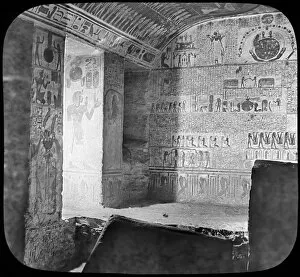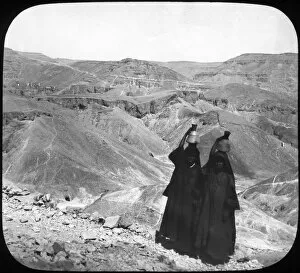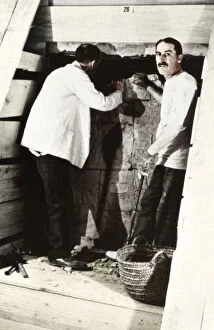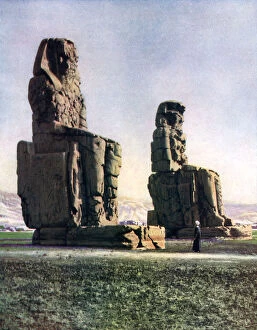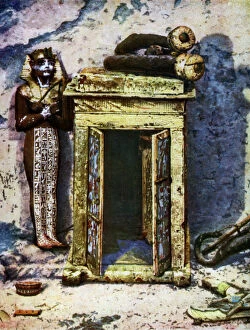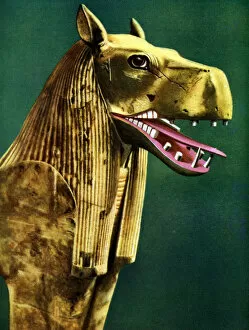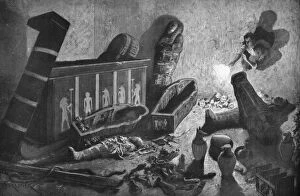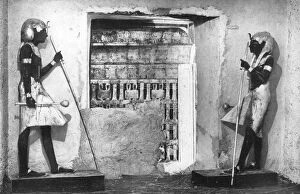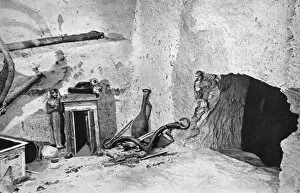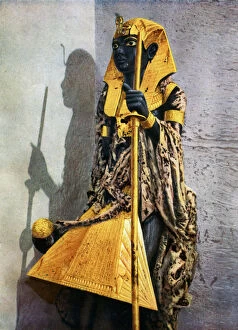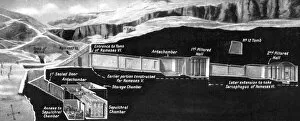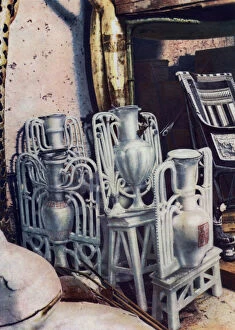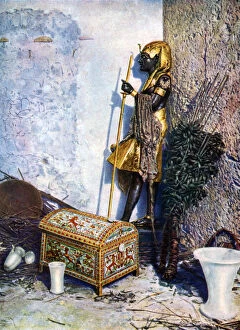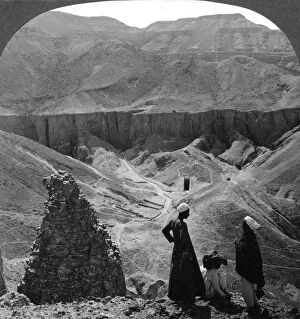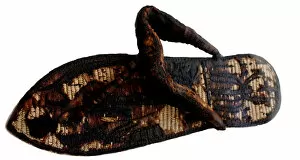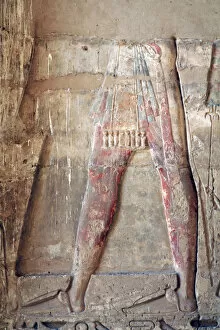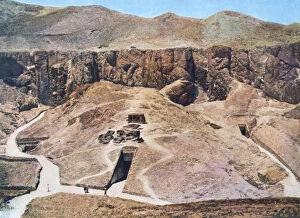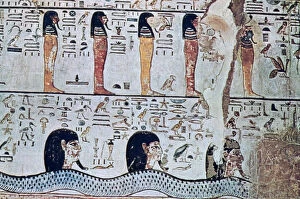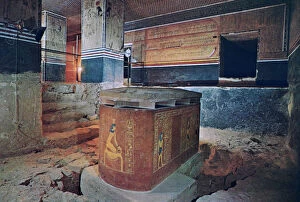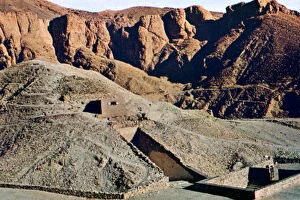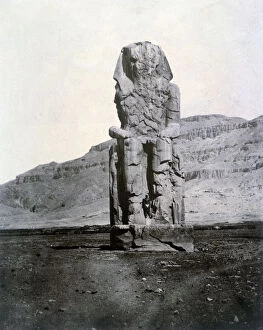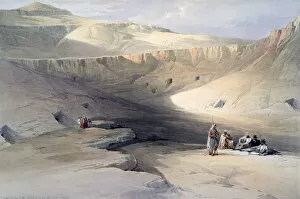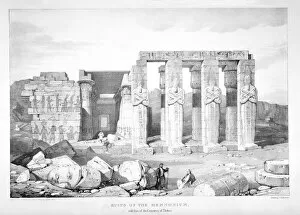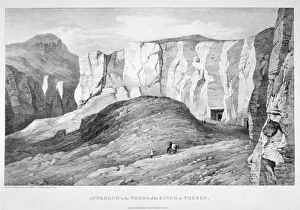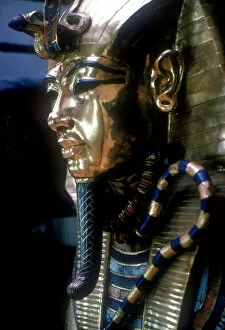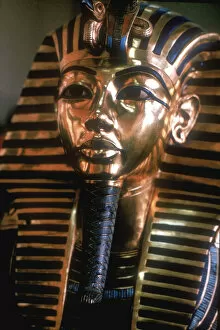Valley Of The Kings Collection (page 5)
"Journey through the Mystical Valley of the Kings: Unveiling Ancient Egyptian Secrets" Step back in time and immerse yourself in the captivating history of Luxor
For sale as Licensed Images
Choose your image, Select your licence and Download the media
"Journey through the Mystical Valley of the Kings: Unveiling Ancient Egyptian Secrets" Step back in time and immerse yourself in the captivating history of Luxor, Egypt as you explore the renowned Valley of the Kings. This mesmerizing site holds a wealth of archaeological wonders that have fascinated historians and adventurers for centuries. As you wander through this ancient necropolis, your eyes will be drawn to the grandeur of the Mortuary Temple of Hatshepsut. Marvel at its imposing architecture and imagine it as a place where rituals were performed to honor pharaohs long gone. For an unforgettable experience, embark on an early morning hot air balloon ride over the Valley of the Kings. As you ascend into the sky, witness breathtaking views that unveil a landscape steeped in mysticism and awe-inspiring beauty. The allure doesn't end there – take a moment to study an intricate plan from 1895 showcasing Alexandria's old city. Let your imagination transport you to bustling streets filled with merchants, scholars, and philosophers who once roamed these very paths. Delve deeper into ancient Egyptian mythology as you encounter reliefs depicting powerful deities such as Isis and Horus within Ramses III's tomb. These stunning artworks offer glimpses into their rich belief system and provide insight into their reverence for divine beings. One cannot overlook one of history's most significant discoveries – Tutankhamun's tomb. Step inside his burial chamber through vintage photographs captured in 1922 by Howard Carter himself. Witness firsthand how treasures beyond imagination adorned this young king's resting place. Admire exquisite artifacts like a bracelet embellished with Eye of Horus motifs dating back to 943-922 BC. The craftsmanship is testament to Ancient Egypt's artistic prowess that continues to captivate admirers today. Gaze upon statues honoring influential figures like Akhenaten or venture further into Seti I's tomb from the 13th century BC – a testament to the enduring legacy of these pharaohs.

